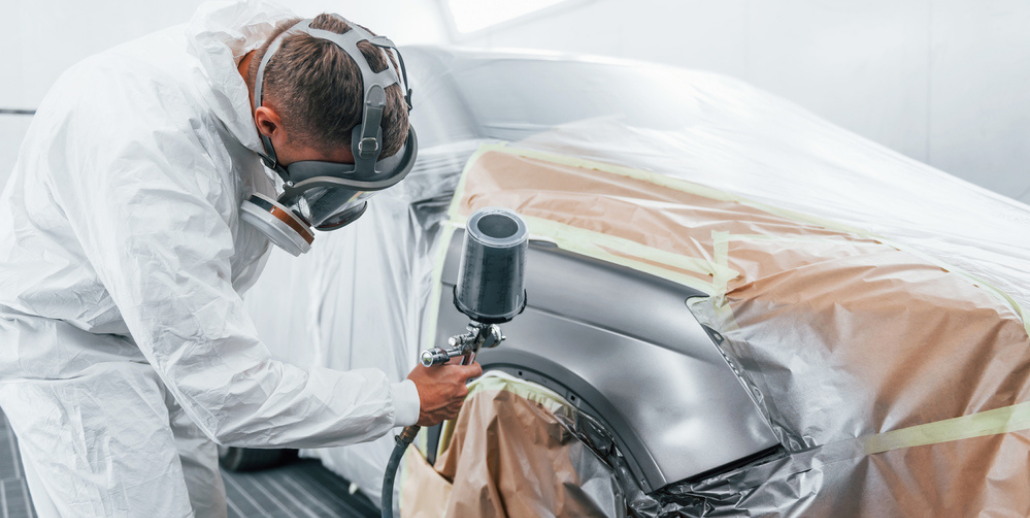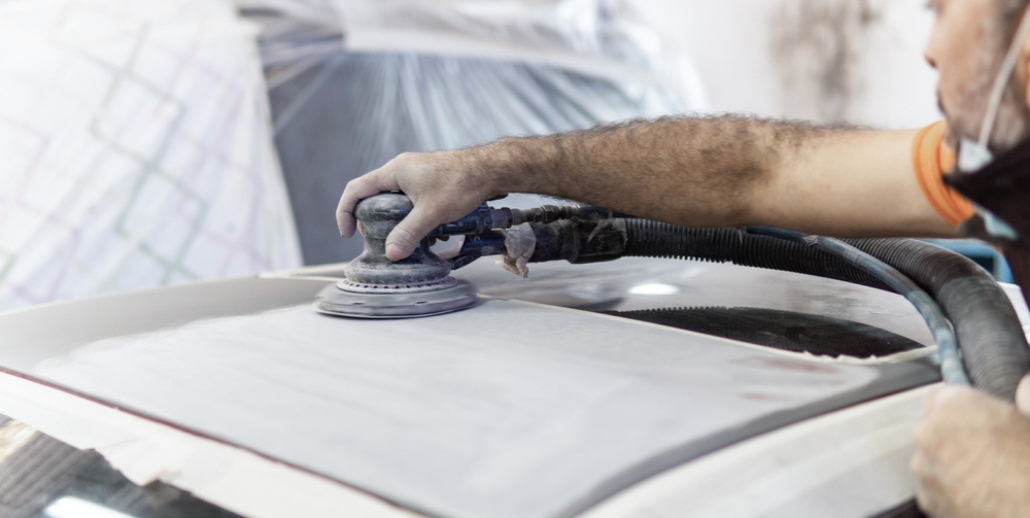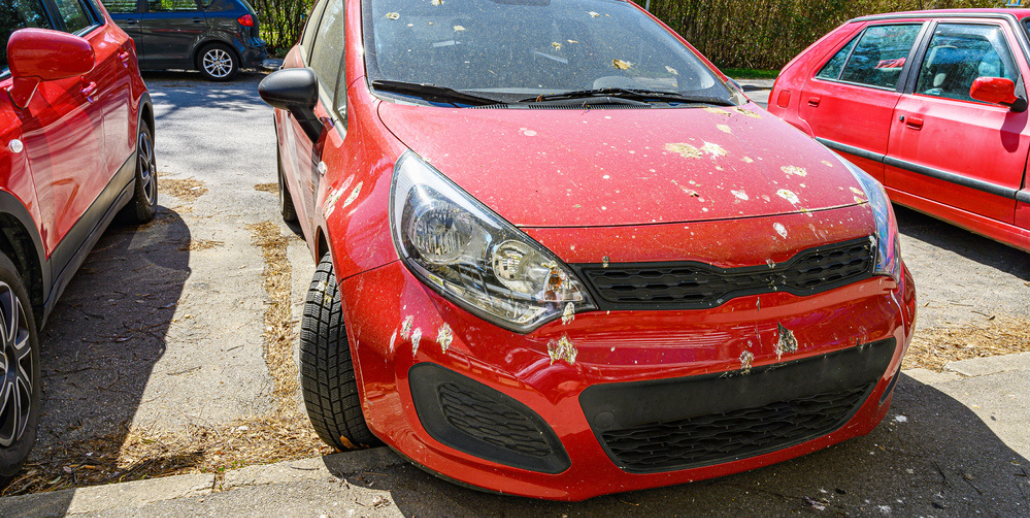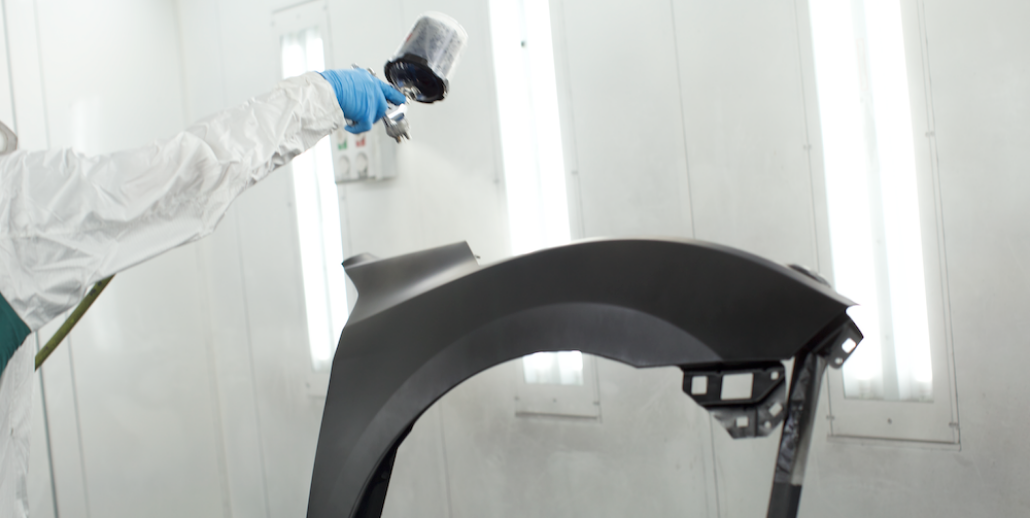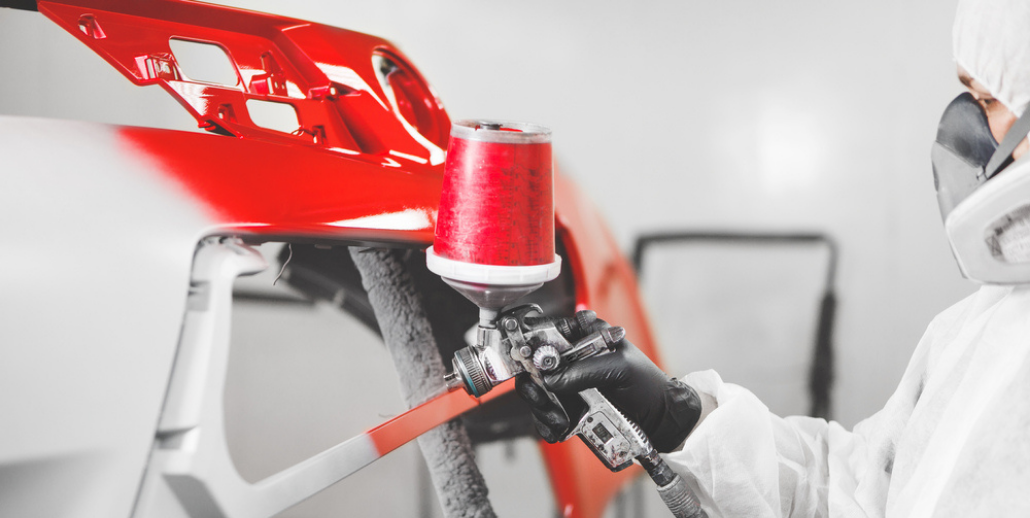After you notice a nick or scratch in your vehicle’s paint, you will want to get it fixed. Before you schedule a paint job for your car, you need to know the time frame. Getting the exact time required to paint a car can be tricky to calculate. There are many factors to consider for the job. Let’s look at the typical timeline to paint a car.
The Assessment Stage
A complete paint job with simple bodywork could take 48 to 80 hours. The auto body shop will need to assess the damage during the initial stage. When the technician does the assessment, they might have to remove lights, emblems, trim, and door handles. If the technician cannot remove them, they will need to cover them. Once again, that will take time to complete the project. Those little things can cause the job to take longer than expected.
Disassembling the Components
After the assessment phase is completed, it is time to move to the color match stage. Before the technician pulls the car apart and sands the body, they need to get the right color. Auto body shops can effortlessly match your current paint with today’s modern tools. You will have a complete color match for your car.
Once the color is matched, then the disassembly of the car can begin. In some cases, this stage can take a couple of hours. Your technician might need to remove the light assemblies and bumper covers. Older cars often have car emblems, chrome bumpers, and trim pins that will need to be covered or removed.
Newer cars usually don’t have emblems or trim pins, saving time for the disassembly stage. If the car has a glass trim, it can be challenging to remove for repair. In that case, the technicians will usually mask it to prevent any damage.
Working on the Body
Once the components have been masked or removed, the next stage can begin. The technician will go around the car and mark certain areas that have chips, dents, or scratches. In most cases, the technician works on one panel at a time. If the car doesn’t have body damage, the technician will sand the surface with a sander. Depending on the extent of the body damage, this stage could require 30 hours or more.
Many shops use a paintless dent repair process to pull out those dents. While the process is easy, it can take time to fix them, especially with multiple dents. Some stubborn dents may have to use the stud gun pull method to help remove them. Once again, if there are numerous dents, it can take time to fix them on the car.
Sanding out paint cracks or dents will require more time. Any of these repairs require the surface to be primed. It can be time-consuming when your technician needs to apply a primer or sand the surface. If you want a definite time frame, you need to know the drying and curing time of the primers. In some situations, your technician will apply the primer and allow it to cure overnight before moving to the next step.
Painting the Car
After the primer has cured on the surface, the technician will use block sanding tools to prepare the surface. Block sanding is done when the surface is wet, and it is known to leave behind sludge and debris. That means the car will need to be washed before applying the paint. Once again, the vehicle will need time to dry.
Now the car can be prepped for the paint. The vehicle must have dirt and grease removed from the surface. At this stage, the car will get a top coating. The technician must also apply the sealer to the car. Professional sealers usually do not require any prep, and the technician can apply paint directly to them. Depending on the size of the vehicle, the sealing and painting process can take about 2 to 3 hours.
All in the Details
After 12 hours, most paints can be buffed. Some auto body shops may wait 24 hours before moving on to the detailing stage. After painting and sanding, the buffing stage will take place. The buffing stage will happen in three steps, adding more hours to the job. A rough-cut compound is often used to pull out the sanding marks. The second stage uses a milder compound to remove any marks leftover from the first compound. After that, another compound removes all the buffing swirls, leaving the paint with a beautiful luster and glossy appearance.
After the buffing, the car will have another wash. If any parts need to be reassembled, technicians must complete those steps. Once the vehicle is completely reassembled, the car will have a proper wash and dry to finish the job.
As you can tell, there are multiple steps to the car painting process. It is more complicated than adding paint to the surface. Not all auto body shops will follow these exact steps, but it can give you a guideline for the project’s time frame. Generally, you can expect a car to be repainted within 48 to 80 hours.
At Elmer’s Auto Body, we specialize in all types of vehicle repairs, especially painting services. If you have any questions about our process, reach out to us. When you need an auto body shop near me, call us at (856) 218-0202.

